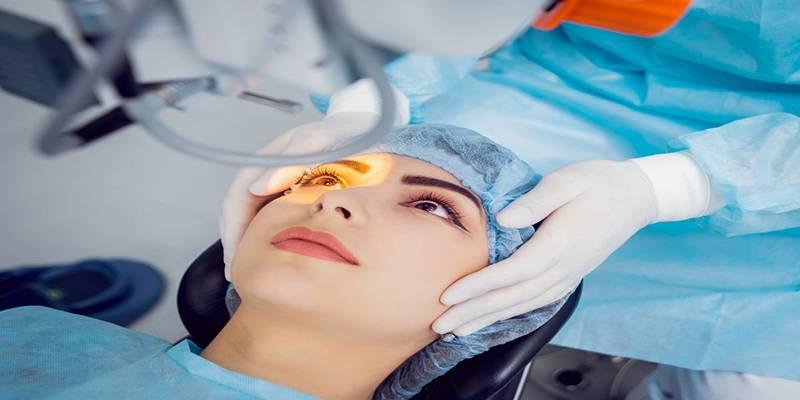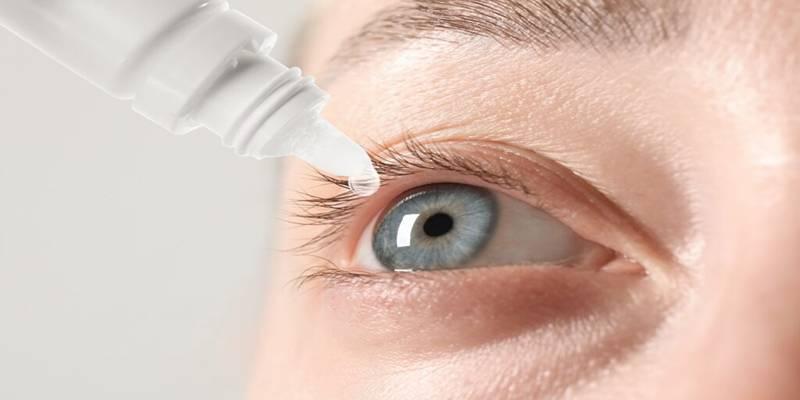Laser eye surgery has emerged as one of the most notable developments in modern ophthalmology, giving patients the chance to significantly improve their vision and reduce dependence on glasses or contact lenses.
With procedures such as LASIK, SMILE, and PRK gaining worldwide popularity, many people consider these treatments to be life-changing. However, deciding to undergo the procedure requires a thorough understanding of how it works, the benefits it offers, the potential risks, and whether a person is an appropriate candidate.
Laser eye surgery uses highly concentrated light beams to reshape the cornea, which is the transparent front surface of the eye responsible for focusing light on the retina. By altering the curvature of the cornea, the surgeon ensures that light is refracted more accurately, producing sharper vision. Although these procedures are most widely known for correcting refractive errors, they are also used to treat specific eye diseases and prevent further vision loss in some cases.
In the context of vision correction, laser surgery targets refractive errors, including:
Outside refractive correction, ophthalmologists may also use laser techniques for treating conditions such as cataracts, diabetic retinopathy, glaucoma, and some ocular tumors. In these cases, the aim may be to preserve vision, reduce intraocular pressure, or remove obstructive tissue rather than to enhance clarity.

Several surgical techniques fall under the category of laser vision correction, each suited to specific patient needs and eye conditions:
Not every patient will be a suitable candidate for laser eye surgery. Determining eligibility involves a comprehensive eye examination and evaluation of medical history. Several factors can influence candidacy, such as:
Women who are breastfeeding are also generally advised to delay surgery until hormonal fluctuations have stabilized, as these can temporarily alter vision.
Laser eye surgery is performed as an outpatient procedure, allowing patients to return home the same day. While the specific steps vary by technique, the general process involves:
The actual treatment time per eye is often less than 15 minutes, and most patients begin noticing visual improvements within the first 24 hours.

The recovery timeline depends on the procedure performed and individual healing rates. Most LASIK and SMILE patients resume normal routines within a few days, while PRK and similar surface treatments may require up to a week or longer before full comfort is restored.
Postoperative care generally involves:
Laser eye surgery combines advanced technology with surgical precision to offer lasting improvements in vision quality. For the right candidate, it can mean a significant reduction in dependency on corrective eyewear and a more convenient lifestyle. However, the decision should be made with a clear understanding of the procedures available, realistic expectations about outcomes, and a commitment to proper aftercare.
By working closely with an experienced eye specialist, patients can determine whether this transformative procedure aligns with their vision needs and long-term eye health goals.

Discover how hostels make budget travel affordable, social, and unforgettable.

Discover smart and easy ways to explore your dream destinations on a budget.

Explore top travel destinations blending culture, nature, and sustainability.

Balanced nutrition supports brain health and mood. Discover how diet affects emotional well-being and mental resilience.

Laser eye surgery guide detailing types, risks, recovery process, candidacy factors, and costs for improved vision.

Discover 10 science-backed strategies to optimise health, enhance wellness, and maintain long-term vitality naturally.

A 40-year study reveals that weight loss surgery lowers early death risk, offering long-term health and survival benefits.

Busy parents can enjoy the holidays with quick, healthy meals that save time, reduce stress, and support family wellness.

Learn the types, causes, and treatments for headaches, and discover when it’s time to consult a healthcare professional.

Is it safe to travel to Sicily after Mount Etna’s eruption? Here’s the latest safety advice, alerts, and travel tips for visitors

Bangkok, Lima, Lyon, Wellington, Osaka, and Lucknow are the top food capitals of the world that serve you the best local flavors

Get updated travel safety tips and real-time alerts for Bali tourists following the recent volcano eruption and ash disruptions